On Clothing and Anxiety
I wanted to learn how to “do clothes” better. So I tried renting them.
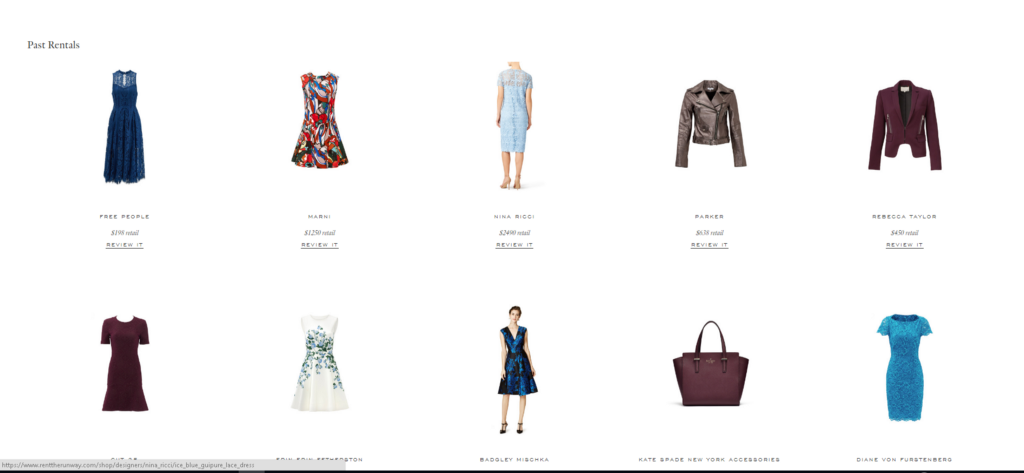
My typical morning routine goes like this:
- Wake up.
- Make Tina Belcher noises while I figure out what to wear.

I’ve never put much effort or money into buying clothes, even though I am very familiar with the concept of “everyone is judging who you are as a person and an employee based on what you wear.” This in turn causes me plenty of anxiety, because I know I’m supposed to “do better” with clothes and “do better” at saving money, and I’m not sure how to do both.
So rather than waiting until there are holes in every sweater than I own and then berating myself for buying a new one, I decided to figure out how much I could spend on clothes and how to get the best possible looks for my budget. (Also, how to do all of this without having to try on clothes at a physical store. That’s way too stressful.)
I started by researching how much “normal people,” the ones who didn’t spend all day hiding the holes in their armpit seams, spent on clothing. I Googled “clothing budget,” and learned that a lot of financial sites (such as this one, this one, and this one) suggested spending 5–10 percent of your take-home pay. I don’t know about you, but that seems really high to me!
Pete the Planner, whose very name inspires calm, suggests spending 25 percent on housing, 15 percent on transportation, 12 percent on food, 10 percent each on savings and utilities/phone, 5 percent each on medical, entertainment, charity, clothing, and holiday/gifts, and 3 percent on miscellaneous. (That does in fact add up to 100 percent. It also assumes you don’t have any debt.)
How much should you spend on clothing? – Pete the Planner
Since I live in New York City, I’d like to budget a little more than 25 percent for housing and less than 15 percent on transportation since I take the subway and buses everywhere. I would also want to add a travel budget to this breakdown, and increase the savings percentage to 25 percent. It’s useful to have someone else’s numbers as a starting point while I begin to figure out what mine should be.
I’d estimate that I had been spending about $250–300 on clothes per year, mostly to stockpile Uniqlo cashmere for the winter or replace a worn-out pair of shoes for $40 at DSW with a coupon. When I was in high school, I bought so much inexpensive clothing at thrift stores that I felt personally responsible when the one with the best deals went out of business. (I once bought a sweater, a pair of shoes, a dress, and a scarf for a total of $3.)
So when I saw other people suggest 5–10 percent of your take-home pay as your clothing budget, it gave me the permission that I needed to start thinking more seriously about my ideal clothing strategy, which is to spend a little more, own very few things, and love all of them.
I don’t see myself spending even 5 percent of my income on clothes, but maybe I could use 3 percent as a benchmark as I start buying quality items that I hope will last a very long time. But as soon as I make the decision to invest more money into my wardrobe, I start worrying that I’m going to buy the wrong thing—or worse, blow it all on pieces that don’t last. I know I need to look for fabrics like cashmere, silk, and 100 percent cotton, and avoid polyester (or as some of the fancy stores call it, “poly”), but that’s it. How do you learn to recognize quality and what looks good on you? Maybe I never learned because, like some other Billfolders, I spent my formative years wearing a school uniform.
Can You Put a Price on Individuality? Examining the School Uniform
But I was committed to learning how to “do clothes” better, which meant it was time to pick a few clothing sites and start spending that money. Here are the sites I tried and what I learned:
Stitchfix
Even though I don’t feel like I know what looks good on me, I do have a strong sense of what I like and what I don’t like. So when I first read about Stitchfix, a service where you fill out a profile of your likes and dislikes and then they send you clothes in the mail without you having to make decisions, I was excited about it! Could this be a way to get clothes that I like without having to shop for them? I filled out my profile and ordered three mystery boxes of clothes to try on.
I ended up picking a couple items, but overall, the prices seemed too high for the quality. I quickly got a hole in my favorite Stitchfix piece, a light pink wrap sweater with floral lining. My dry cleaner/tailor gave me a hard time about it, saying that it was going to continue to get holes in it because of the quality. (I should note here that Stitchfix customer service paid for me to get the hole repaired, and also let me return another shirt that didn’t make it through washing.)
Le Tote
Next I tried Le Tote, which lends you unlimited boxes containing three clothing items and two accessories for $49/month. (I think I also had a coupon for a discount the first month.)
I’d read Alison Freer’s Le Tote review on xoJane, and decided that it was worth the cost if it alleviated my clothing anxiety. I also appreciated that she was one of the only style writers that I’d read that didn’t make me feel bad about my lack of knowledge. She made it sound like fashion was a set of skills, much like pretty is a set of skills. And that fashion, like pretty, is optional.
Here’s Why You Never Need to Buy Clothes Ever Again
I liked Le Tote, but I had some issues with having the boxes delivered, which probably serves me right for asking them to deliver to my home address in a neighborhood where the post office has one star on Yelp. I liked a black striped shirt and a gray faux-wrap dress enough to keep them. Both of them eventually got holes. I still wear them.
Rent the Runway
All of this was a gateway to Rent the Runway. I was going back to do a reading with my MFA program to celebrate the launch of my poetry chapbook, Too Many Humans of New York. I hated everything I owned. I decided to rent a dress.

I had an award ceremony and party for work the same week, so I could do a four-day rental for $145 and wear the dress to both events. I also allowed them to upsell me $15 for “mystery bling,” which turned out to be a ridiculous clutch purse that couldn’t even fit my cell phone. (I was, however, excited when I spotted Jacqueline carrying the exact same bag on an episode of Unbreakable Kimmy Schmidt.)
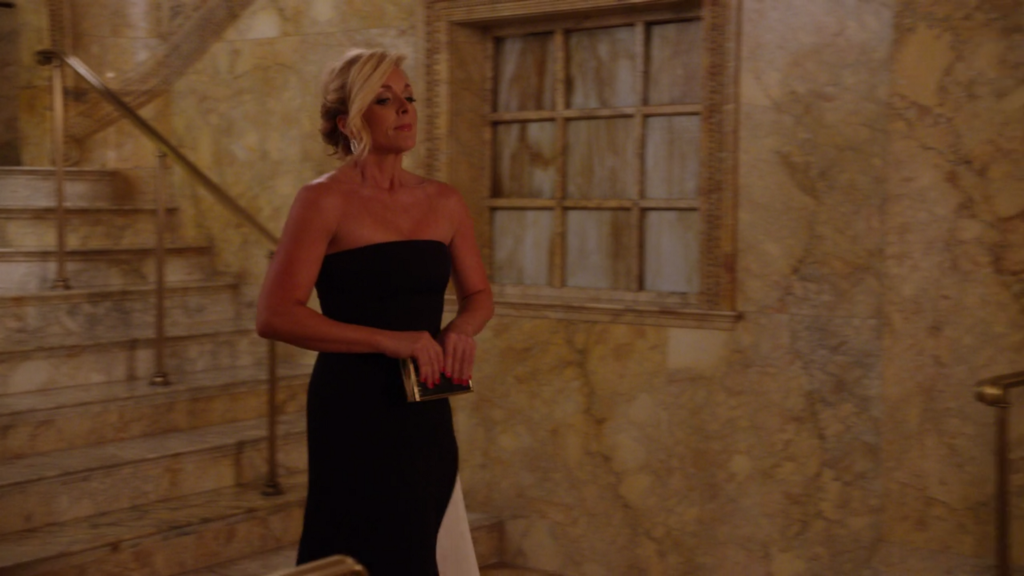
The marketing geniuses at Rent the Runway were smart enough to include a coupon to give me a $20 discount on their unlimited service, which usually costs $139/month. (You can get this same deal with this link — and yes, it’s a referral link.) The unlimited service allows you to pick out three items at a time. When you return one, two, or all three of them, you can pick out more items. I really am a sucker for a coupon, so I looked at the events on my calendar and wondered if this could significantly reduce my stress level and give me an educational opportunity to learn more about what’s good quality and what looks good on me. I decided to do it.
Rent the Runway delivers to Manhattan via same-day messenger, so I gave them my work address. I hadn’t expected how mortified I would feel getting so many packages at my office. I felt an inexplicable urge to tell the messengers, “I’m not really a fancy person! This is just an experiment!” I restrained myself. I also found myself wishing that the packaging was more discreet, while asking myself why I felt so embarrassed every time a new Rent the Runway box arrived. Was I afraid to seem like I was trying to look good, because then it would be more embarrassing if I failed?
The other thing I didn’t realize was that Rent the Runway doesn’t let you set a delivery window. As a result, I struggled to time my orders so that they would not be delivered on Saturdays or at 8 PM when I’d already left work. Sometimes I failed, and found myself scrambling back to the office after a party where all I could think of was the $1,000 unattended Marni dress sitting on my office chair.
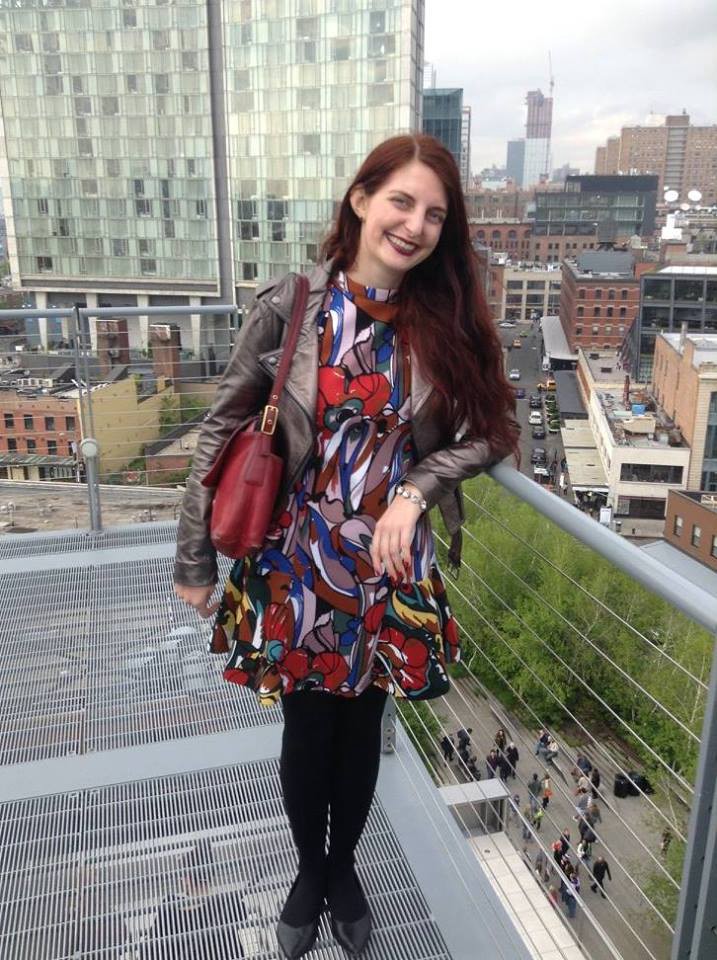
I became obsessed with getting my money’s worth. I spent hours looking through all of the options, and creating elaborate lists of designer possibilities for what to wear to events that really didn’t require a designer outfit. (Another poetry reading? A Friday the 13th macabre chamber music concert? A barn-raising?) I added an elaborate system of reminders to my Google calendar about when I needed to return my items and order new ones in order to get them in time for the events.
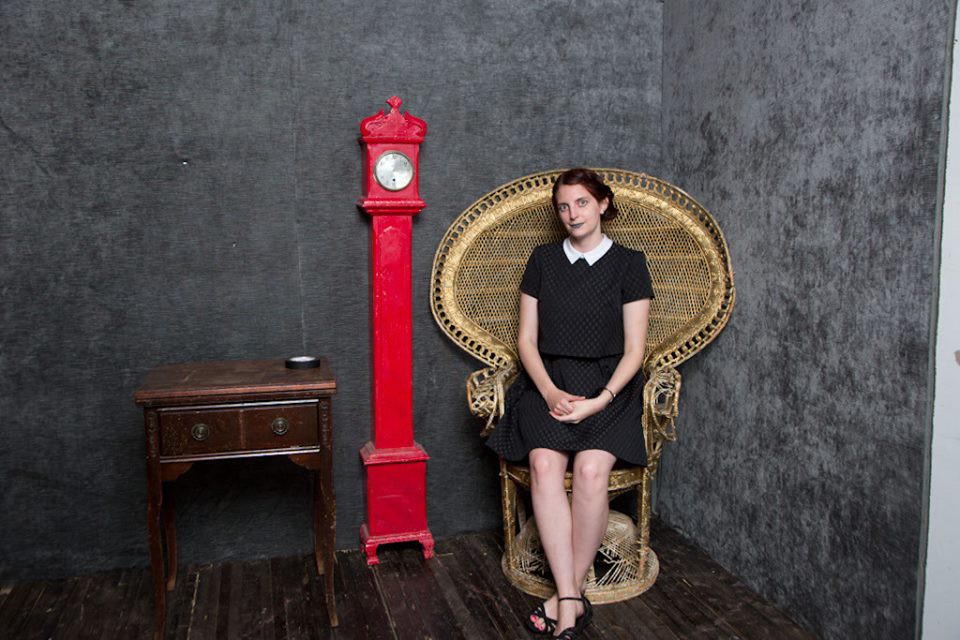
Last week, I tried on an ice blue lace Nina Ricci dress that I’d ordered.
“Wow, this dress is $2,490,” I said to my boyfriend.
“Whoa. We’d better stay away from barbecue sauce,” he said.
“I don’t want to live a life without barbecue sauce! It’s God’s condiment,” I said, and began anxiety-Googling the Rent the Runway insurance policy. “Okay, it says here that I’m insured against stains and minor wear and tear, but not theft. So maybe it’s actually better if I wear it, since it’s less likely that it’ll be stolen off my body than that my apartment will be robbed.”
I wore the dress to a birthday party. I spilled Cherry Coke on it within about four hours.
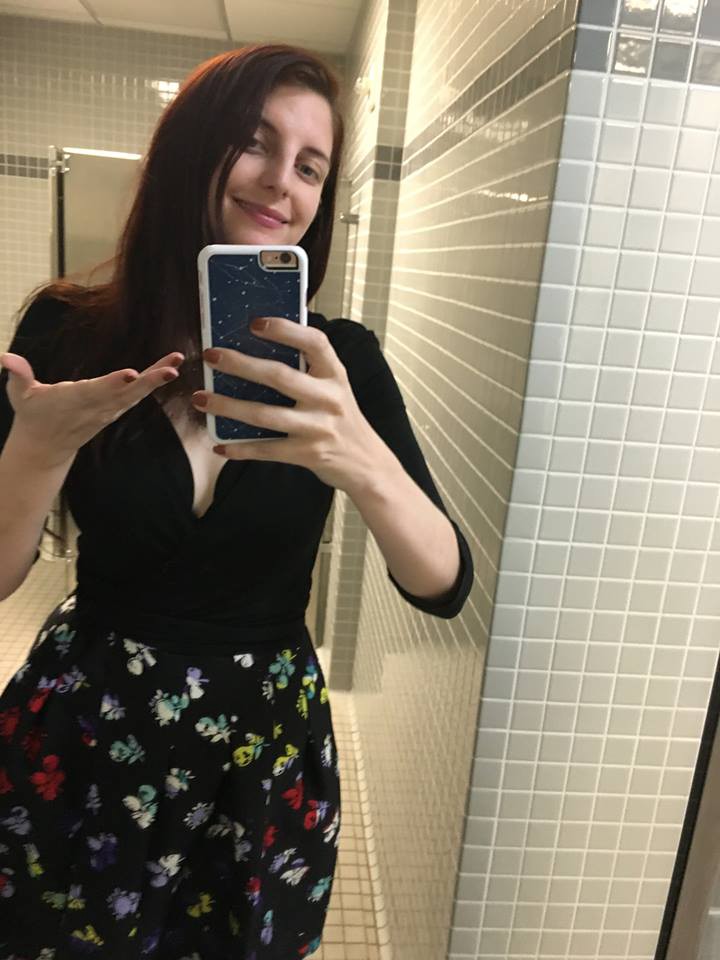
So part of me is relieved to see my experiment coming to a close. Would I do it again? Sure, if I’m going on a fancy vacation, or have four weddings within one month. Am I glad I did it? Yes. It really did make getting dressed in the morning easier— and it’s still helping, because I just got invited to a black tie event that happens to be three days before my subscription ends.
The funny thing is, nobody has really noticed I’ve been doing this. I’ve gotten a few more compliments, sure, but nobody has said, “Wow, you’ve really been looking fashionable the past month and you have a different super fancy dress every time I see you.” I think it’s more true that most people don’t notice what you wear than that people are judging you by your clothes.
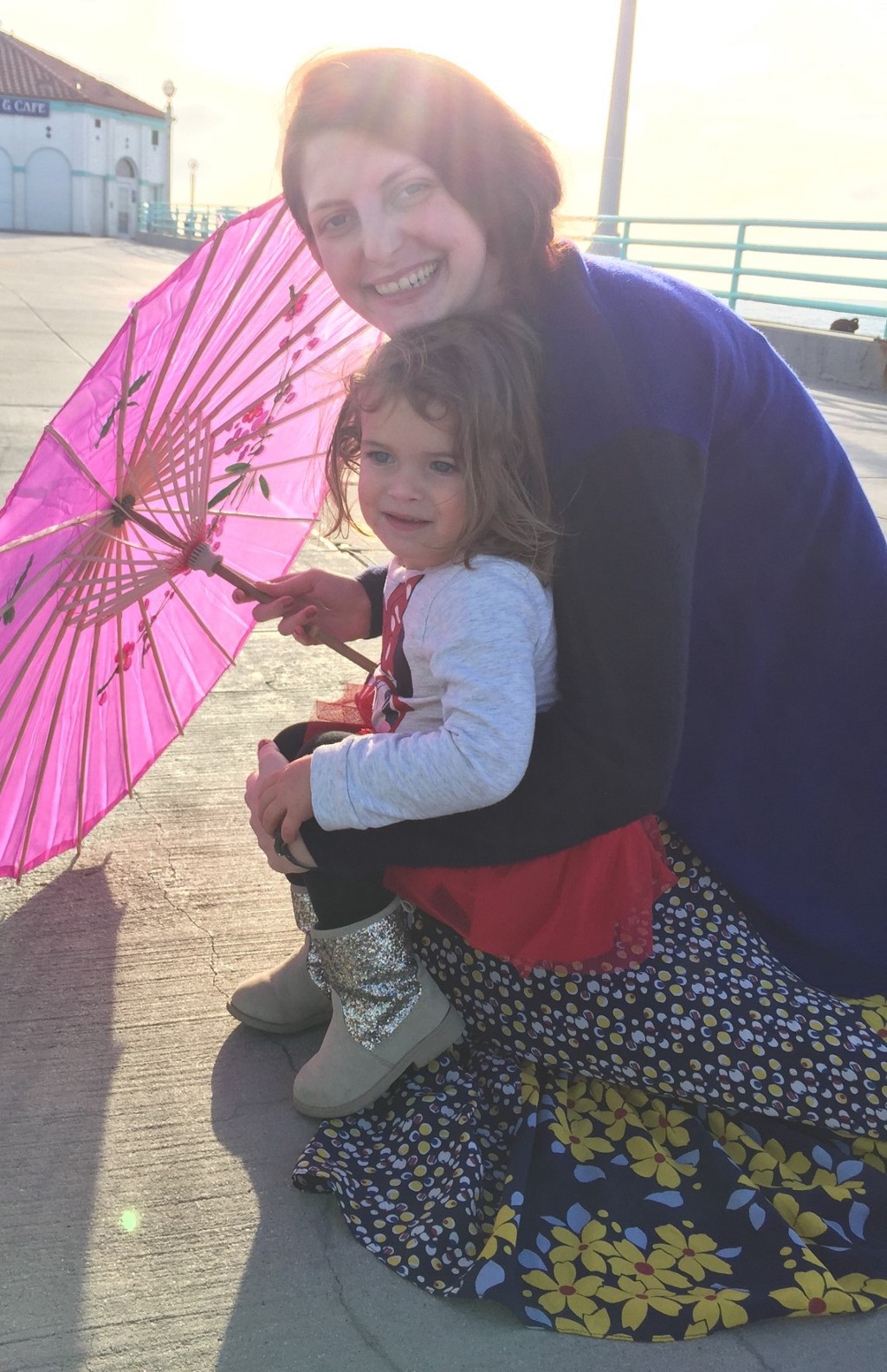
It’s easy to fall into the trap that your life would somehow be different or more glamorous with an extensive designer wardrobe. But the main thing that changed for me is that I found myself paying closer attention to other women’s clothing and giving more compliments when I noticed that the color brought out their eyes, for example. Maybe my true education was to train my eye to look at other people instead of myself.
Abigail Welhouse is the author of the poetry chapbooks Too Many Humans of New York (Bottlecap Press) and Bad Baby (Dancing Girl Press). Tell her what to wear to a black-tie event on Twitter @welhouse.
Support The Billfold
The Billfold continues to exist thanks to support from our readers. Help us continue to do our work by making a monthly pledge on Patreon or a one-time-only contribution through PayPal.
Comments